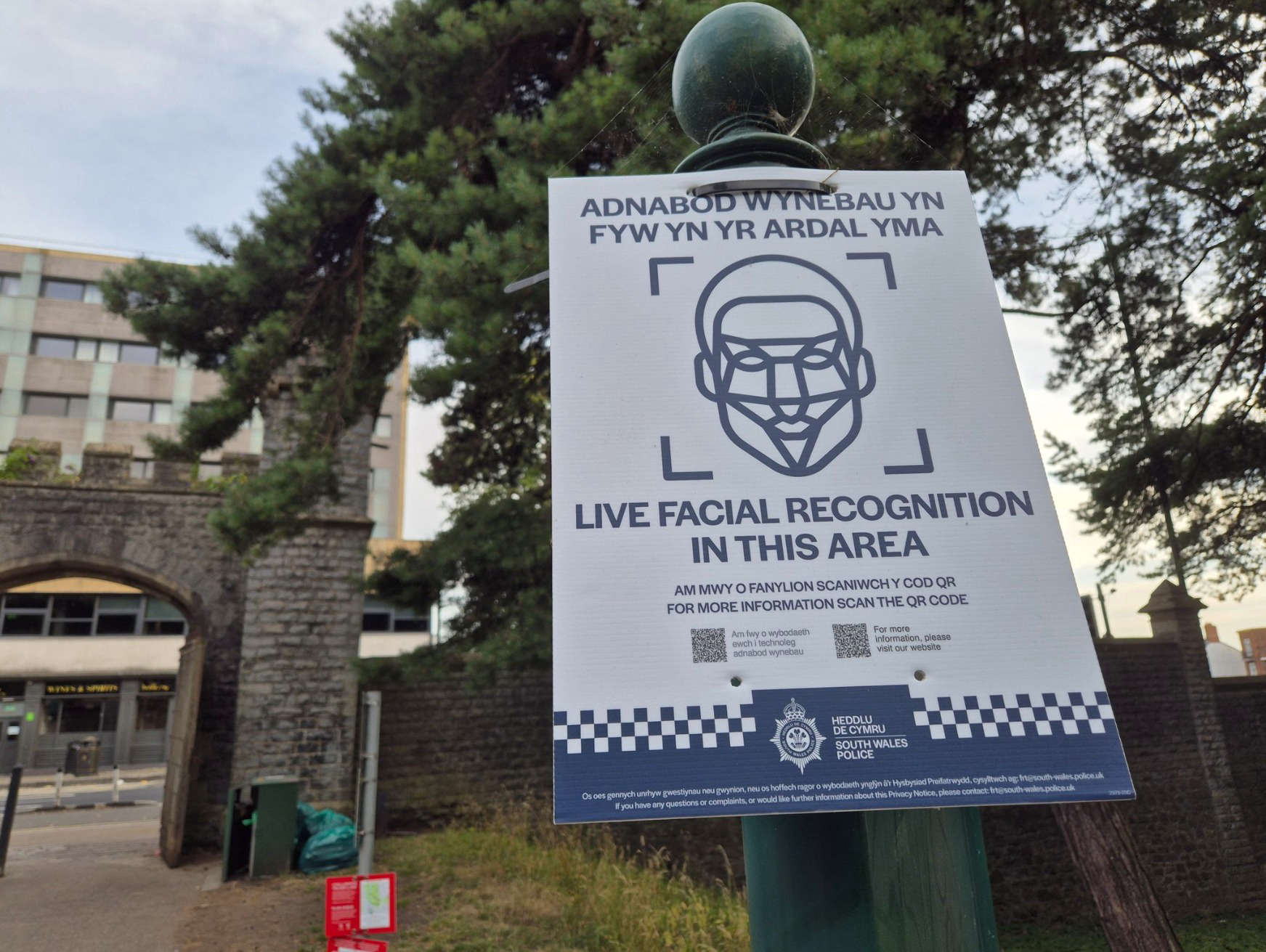
Facial recognition technology has cost South Wales Police more than £3.5m and led to 93 arrests since its introduction, according to the latest figures.
Automatic facial recognition (AFR) has been deployed more than 150 times by South Wales Police since 2017 with a gap of inactivity across 2021 due to the Covid-19 pandemic.
The technology, which compares images of faces against a police database, is most commonly deployed during major events with live recognition generating alerts that can result in an arrest.
South Wales Police data shows there were no alerts resulting in incorrect interventions over the past five years.
However, in its first few years of deployment, there were hundreds. An ‘intervention’ is when a police officer is dispatched after an alert is created. It does not always result in an arrest.
During the first deployment of AFR for the Champions League final in Cardiff from 31st May to 3rd June 2017, 2,632 alerts were made.
Of these 173 were ‘positive’ alerts and 2,554 were incorrect. Five interventions were made from the negative alerts and 96 were made from the positive ones. One arrest resulted from the use of AFR during this period.
In 2018, there were 88 incorrect alerts and 21 interventions as a result of these, while the following year, there were 59 incorrect alerts resulting in 21 interventions.
Data obtained via a freedom of information request made to South Wales Police shows it cost the force £3,521,895 to use facial recognition between 2017 and 2024.
The following amount was spent in each calendar year:
- 2017 – £1,149,323
- 2018 – £578,805
- 2019 – £190,548
- 2020 – £342,150
- 2021 – £239,743
- 2022 – £490,381
- 2023 – £342,753
- 2024 – £188,191
To give an idea of what £3.5m can buy a police force, it was reported earlier this year that a £3.2m grant was used by Humberside Police to recruit 38 new neighbourhood policing officers.
A spokesman for the Police and Crime Commissioner for South Wales said: “When it comes to public safety the PCC is clear: we will continue to utilise new and innovative technology to keep the public safe."
“The use of live facial recognition by South Wales Police is targeted specifically to catch the most dangerous criminals in our communities."
“The public know that it’s vitally important for the police to use new forms of technology, provided it is subject to rigorous oversight and scrutiny by the PCC, to ensure it strengthens public confidence and accountability."
“The PCC is entirely focused on delivering a safe, just, and inclusive south Wales for all, prioritising visible and community-focused neighbourhood policing, protecting vulnerable communities, delivering justice for victims and ensuring our police force is fit for the future, live facial recognition is one of a number of tools we will continue to use to deliver on the PCC’s commitment to keep the people of south Wales safe from harm.”
As well as the Champions League Final, other major events where facial recognition technology has been deployed in south Wales include international rugby matches and major concerts in the Welsh football such as Beyonce, Ed Sheeran and Oasis.
The different uses of the technology can be subdivided into live facial recognition (LFR), retrospective facial recognition (RFR), and operator-initiated facial recognition (OIFR).
When LFR is in use a live camera feed of faces is compared against a predetermined watchlist to find a possible match that generates an alert.
With RFR still images of faces of unknown subjects are compared against a reference image database and is something that’s used after an event.
The third use, OIFR, is a mobile phone use of facial recognition technology that compares a photograph of a person’s face taken on a mobile phone to a predetermined watchlist.
Concerns have been raised in the past about the implications the technology might have on human rights and data protection.
South Wales Police’s use of facial recognition was challenged in the past by former Cardiff Council councillor Ed Bridges and his legal team at civil rights group Liberty.
The High Court decided in 2019 that while facial recognition interferes with privacy rights of people scanned, the current legal framework provides sufficient safeguards.
But a year later, the Court of Appeal found that South Wales Police did not fully comply with privacy, data protection, and equality laws during two of their LFR pilots.
Since then, the force is said to have addressed the court’s findings, with the College of Policing having issued authorised professional practice guidance on live facial recognition.
This sets out the circumstances in which the police can use it and the categories of people they can look for.
A police use of facial recognition fact sheet published by the Home Office in 2023 also states that the National Physical Laboratory has independently tested the algorithms South Wales Police and the Metropolitan Police use and “found they were very accurate and there were no statistically significant differences in performance based on gender or ethnicity at the settings the police use”.
South Wales Police’s website states that whenever the police force uses facial recognition technology it recognises “there is an ongoing need to balance privacy and protection concerns in addition to considering its legal and ethical implications”.




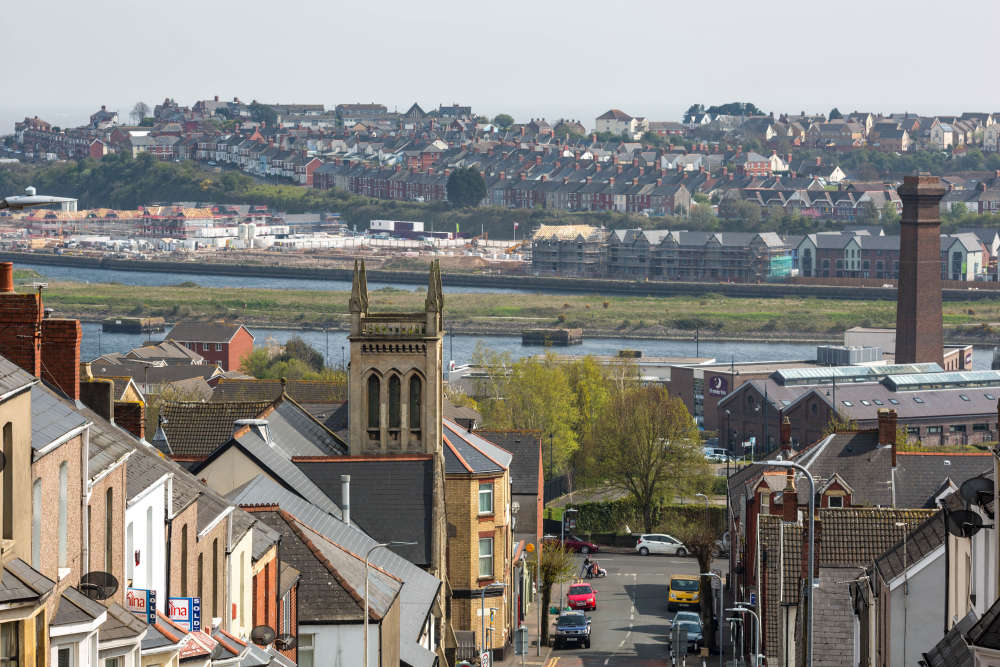 £20 million regeneration Plan submitted to the UK Government
£20 million regeneration Plan submitted to the UK Government
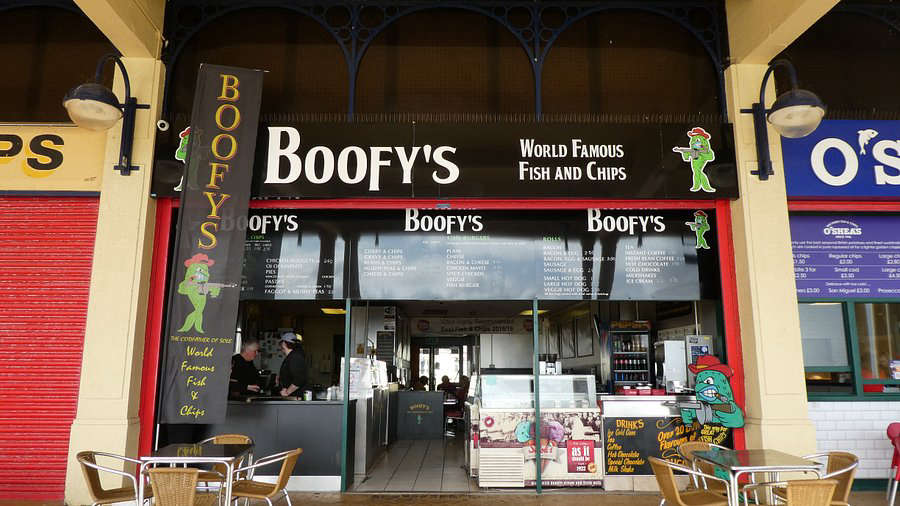 Popular Barry Island Chippy announces its closure
Popular Barry Island Chippy announces its closure
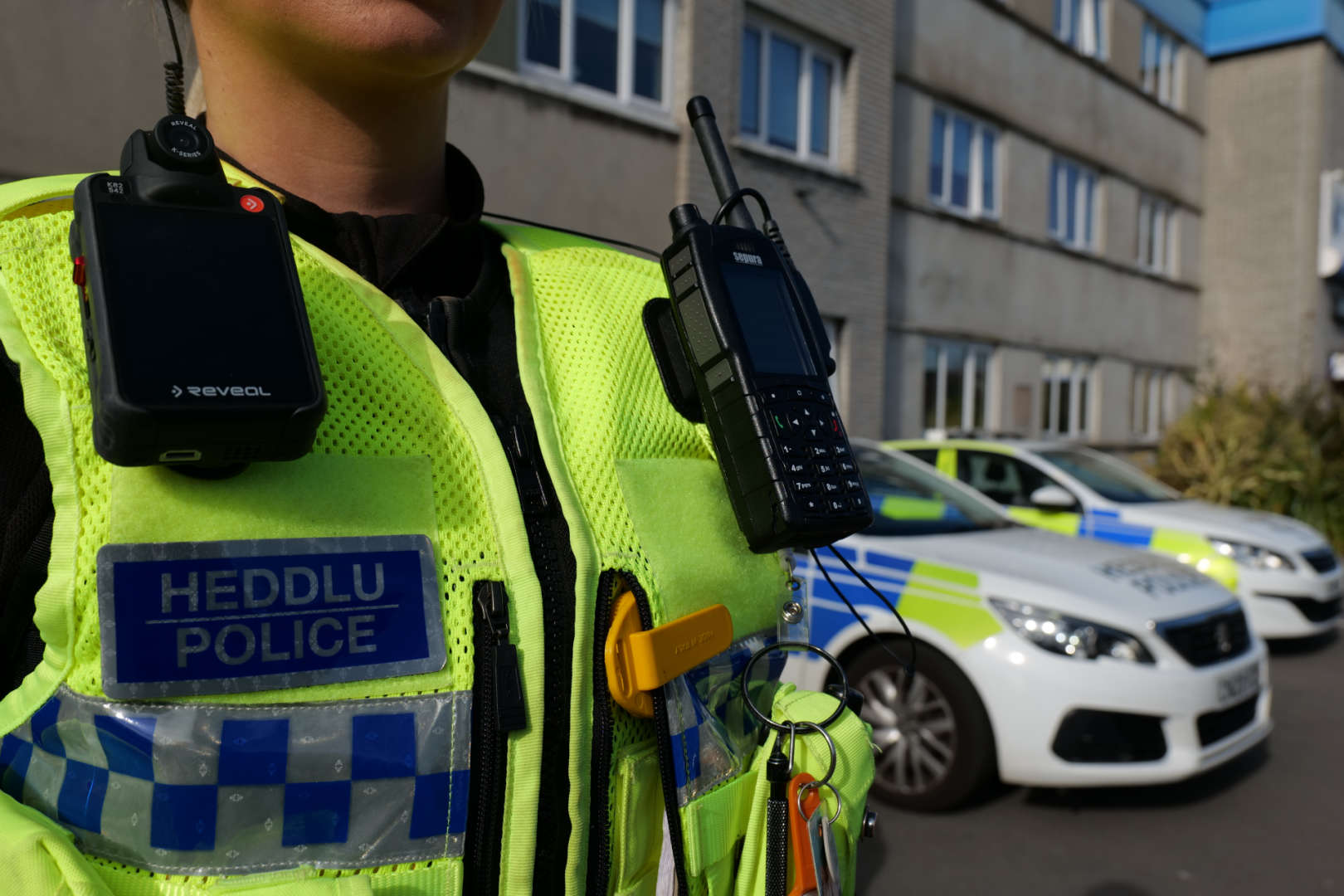 Missing Penarth man found after appeal
Missing Penarth man found after appeal
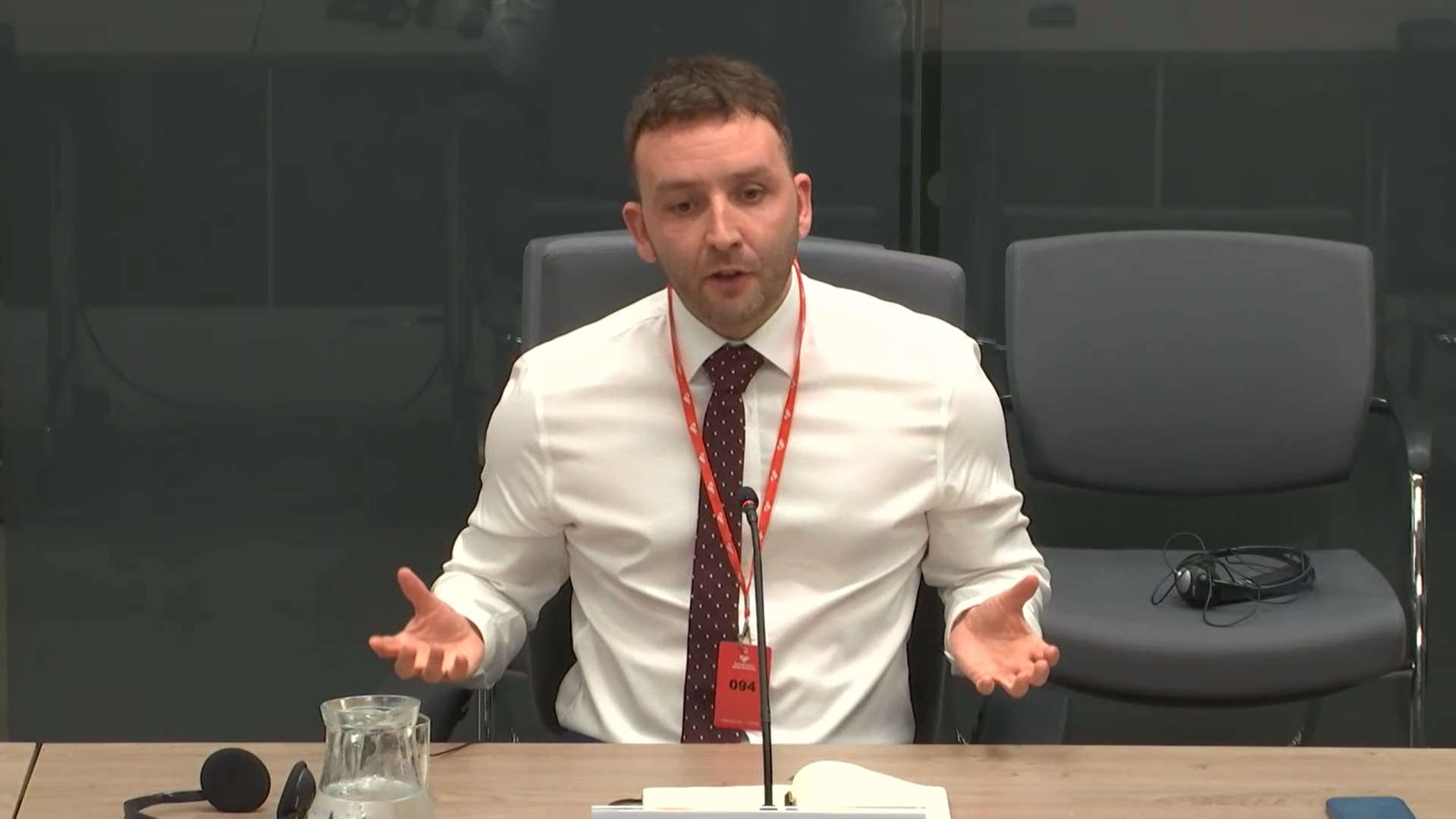 Parc prison expansion plan ''ill-judged''
Parc prison expansion plan ''ill-judged''
 Panto stars drop in at Penarth hospice
Panto stars drop in at Penarth hospice
 Ruth and Steve go training with the RNLI
Ruth and Steve go training with the RNLI
 Aberthaw: trespassing banned at power station
Aberthaw: trespassing banned at power station
 New trains coming to Vale line in 2026
New trains coming to Vale line in 2026
 Council approves next step in Crossrail scheme
Council approves next step in Crossrail scheme
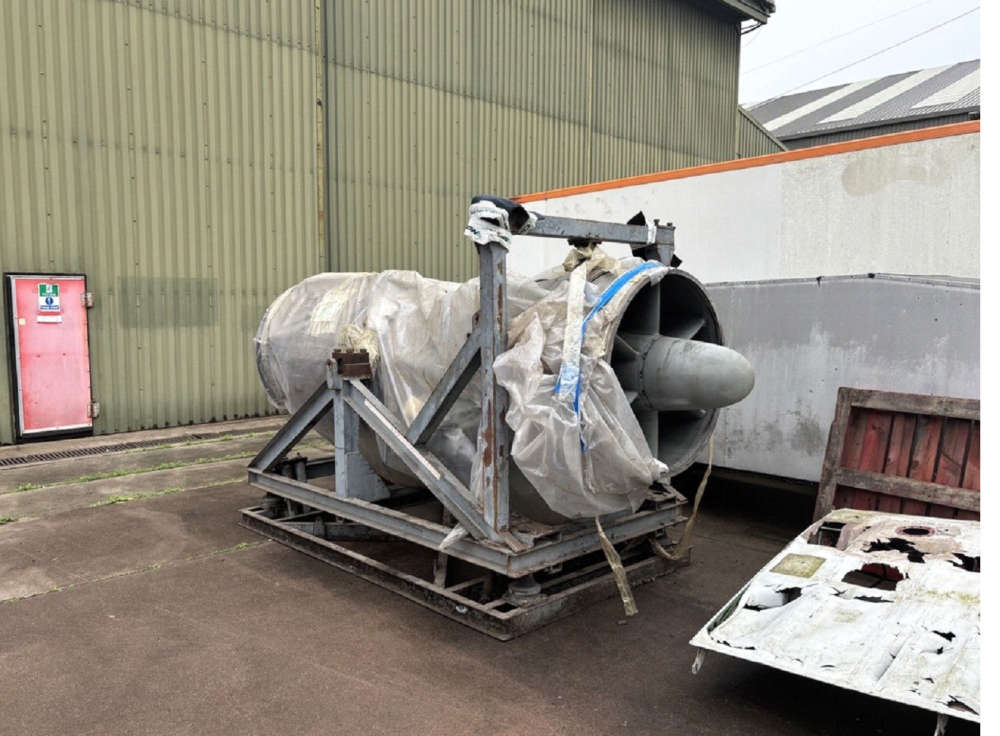 Aberthaw turbine donated to aviation museum
Aberthaw turbine donated to aviation museum
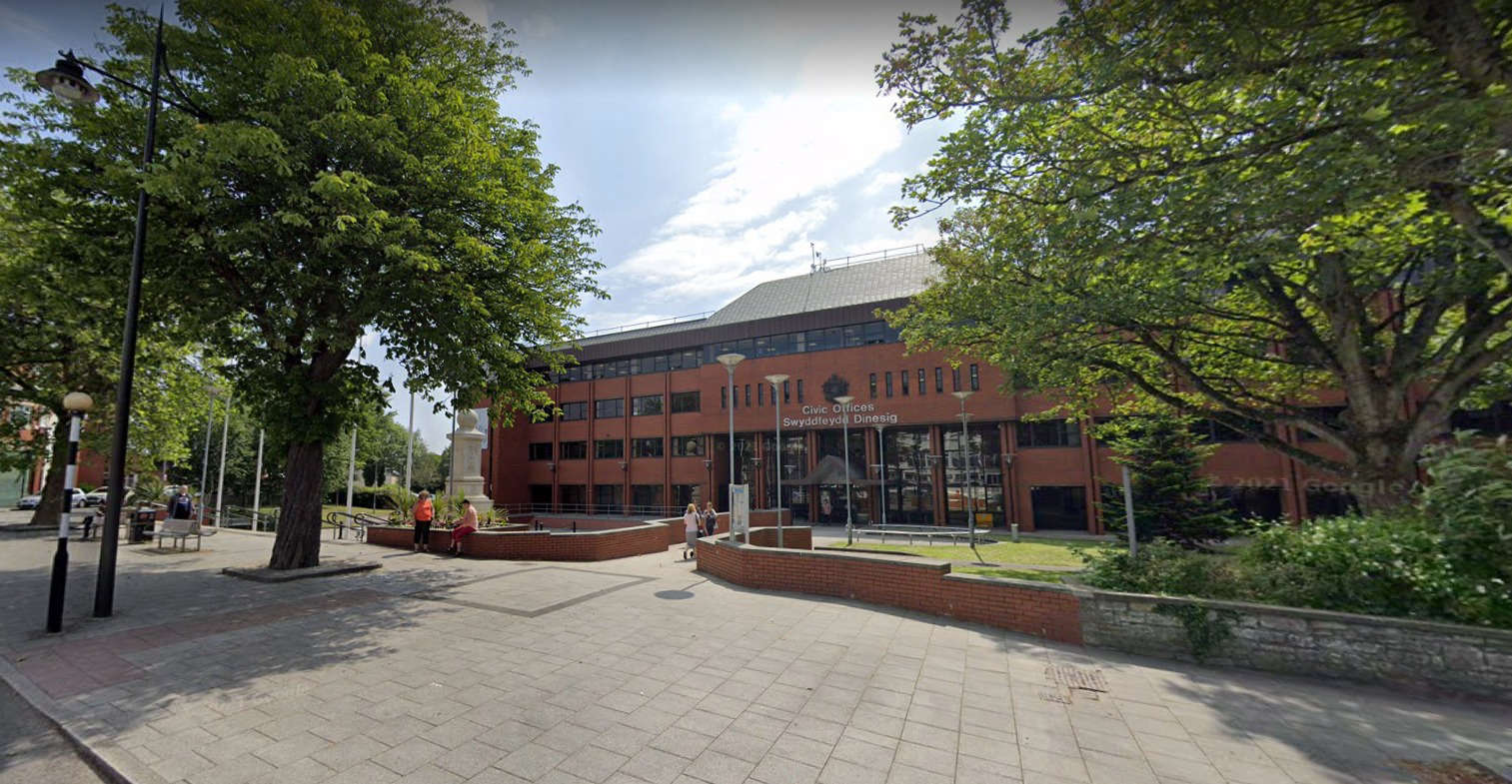 Council publishes 2025 self-assessment
Council publishes 2025 self-assessment
 Calls to ‘eliminate’ small business rates rejected
Calls to ‘eliminate’ small business rates rejected
 Lifeboat crew commended after complex rescue
Lifeboat crew commended after complex rescue
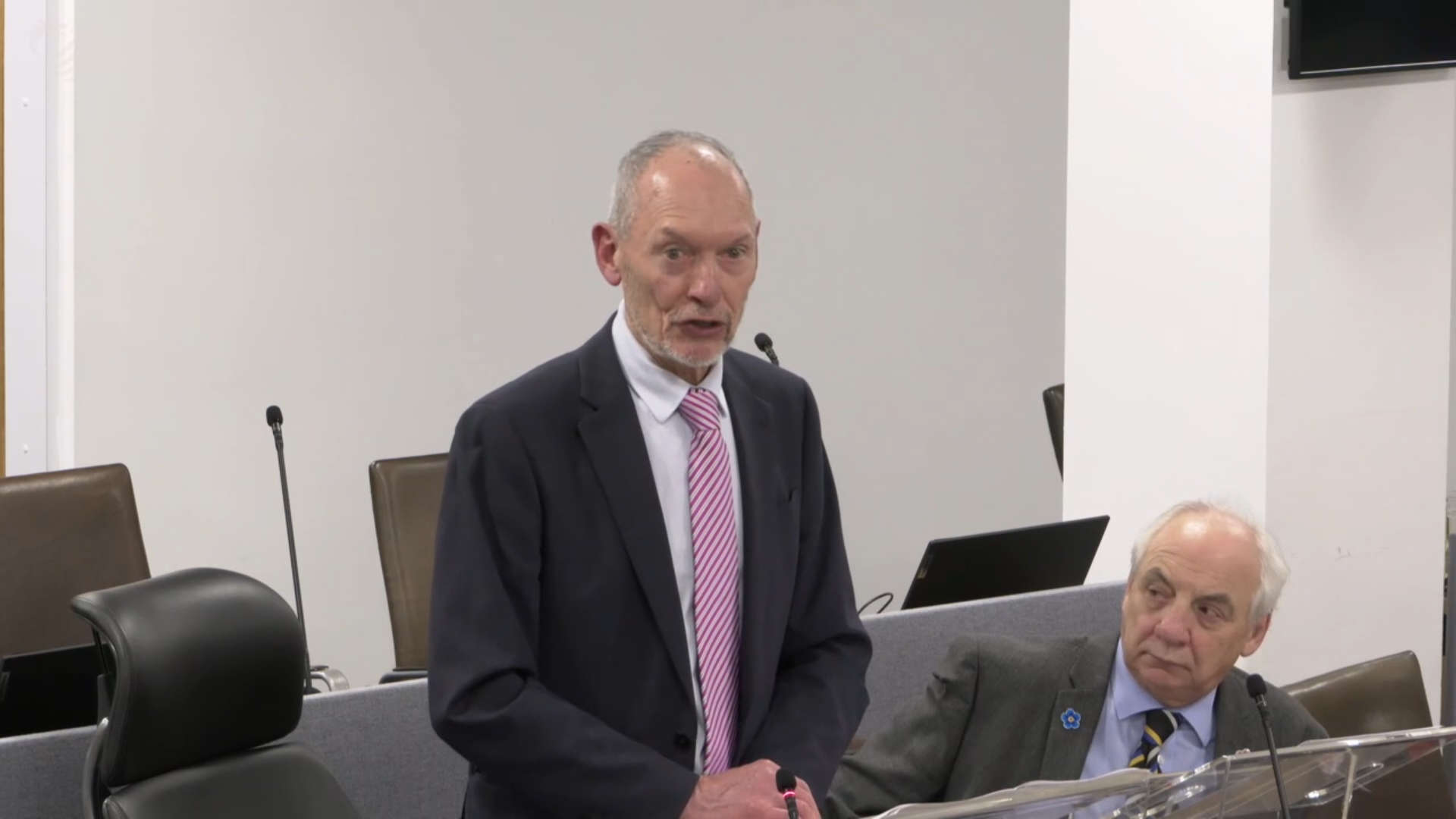 Cladding repairs 'nowhere near acceptable pace'
Cladding repairs 'nowhere near acceptable pace'
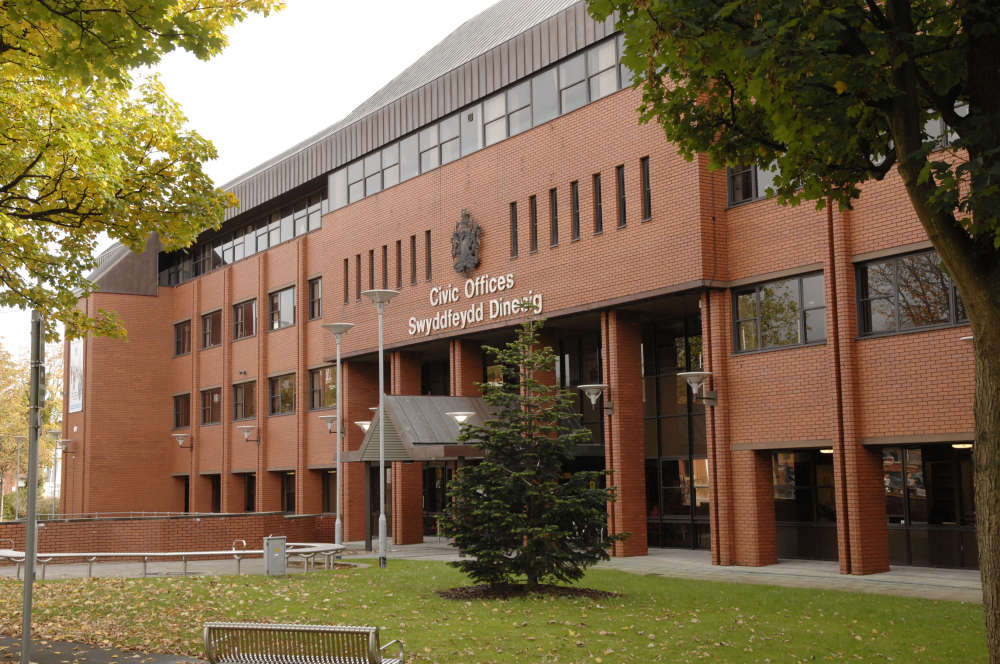 More council cash in budget deal
More council cash in budget deal
 Council boss joins CCR Energy
Council boss joins CCR Energy
 Senedd backs bus shake-up
Senedd backs bus shake-up
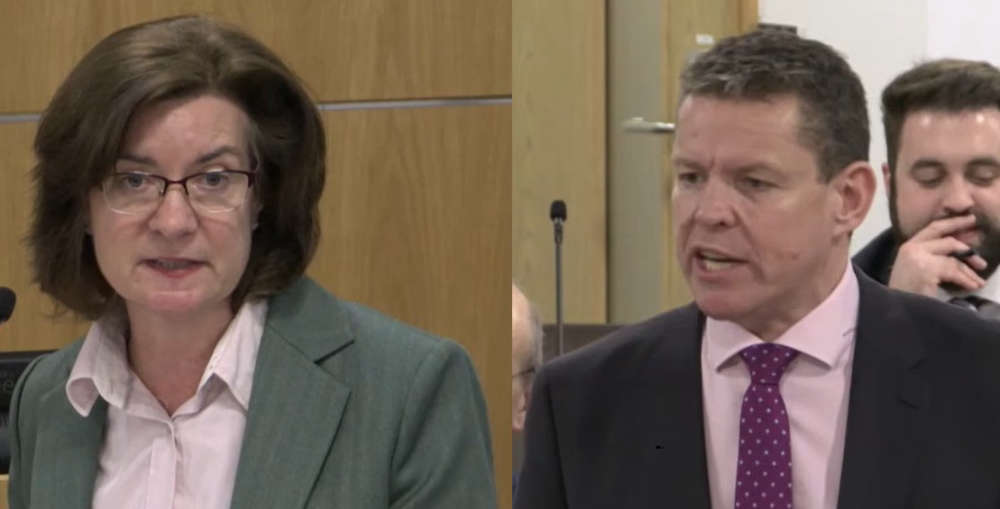 Labour and Plaid strike £300m budget deal
Labour and Plaid strike £300m budget deal









